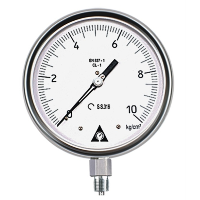Mitigating flow to surface risk
 Soon after the AER's announcement of their study and decision about flow to surface, this operator decided to increase maximum operation pressure. He discusses differing pressures in several risk zones.
Soon after the AER's announcement of their study and decision about flow to surface, this operator decided to increase maximum operation pressure. He discusses differing pressures in several risk zones.
The AER agrees. Surface heaves in steam operations are a given -- the AER doesn't seem concerned with that phenomenon. The regulator is more concerned about basal water sand pressure, formation expansion index. Now you can read how they restricted pressures using these measures. We found this through AppIntel.
Each AER application contains your neighbor's perspective on the exploitation of oil and gas formations. Applications contain more technical data even than SPE papers.
Buy these submission docs now Subscribers get them for freeTags: Thermal, Compliance
 Granger Low 20 Apr 2016
Granger Low 20 Apr 2016

Steam surfactant co-injection
Want to win? What is your competitive advantage?

Surprise! Sour gas production from a sweet thermal scheme
Dealing with surprises in the oil and gas industry. What to do next.

10 ways to increase production before Christmas - Infographic
For your wall to remind you

10 ways to increase production before Christmas
Each cost less than half a million

Using AI to reduce risk of oil and gas failure
How can you assess the risk without knowing the epic fails?




 Calgary, Alberta, Canada
Calgary, Alberta, Canada
 Share
Share